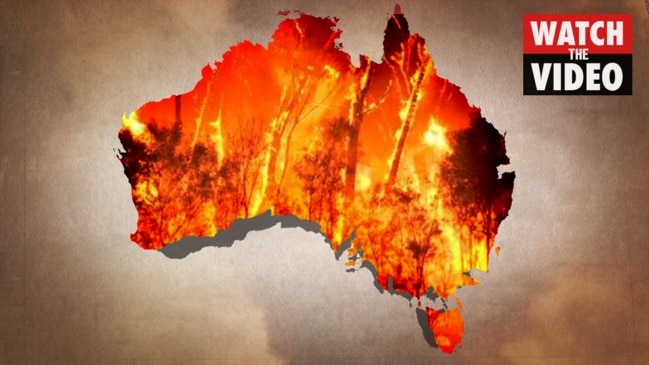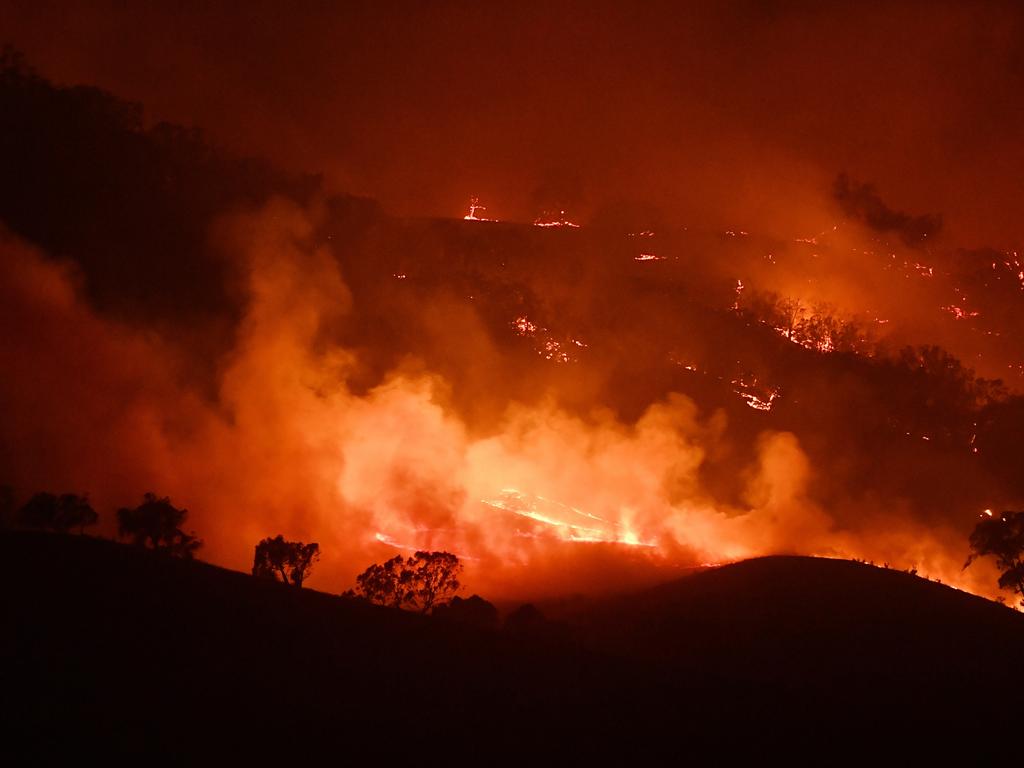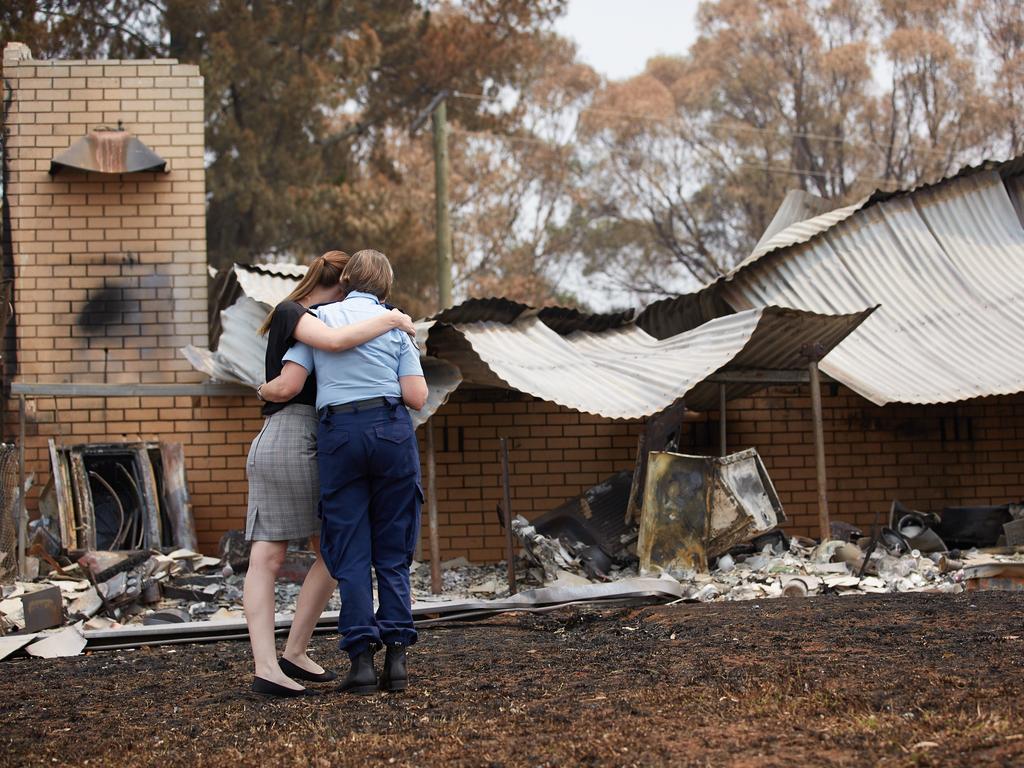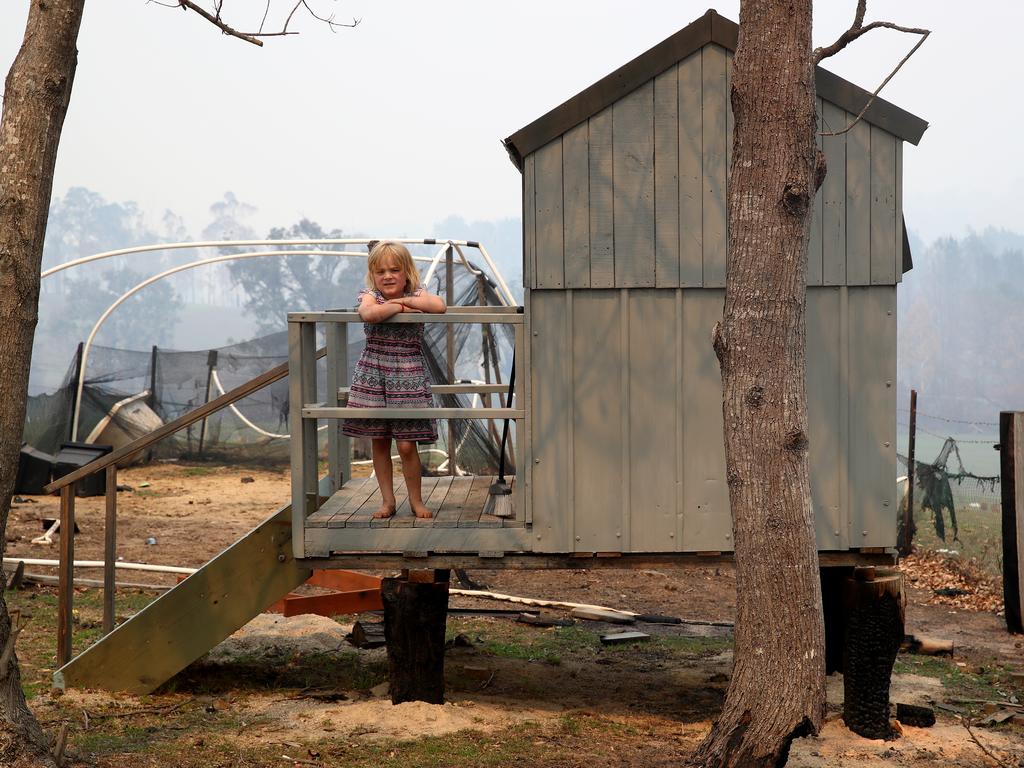Disasters such as Black Summer will become more frequent and more dangerous, experts say
Experts have revealed why many Australian communities are at extreme risk of a repeat of the devastating Black Summer of 2019/20.

Australia is at extreme risk of a repeat of the 2019/20 Black Summer bushfires, a parliamentary committee has heard.
Ninety per cent of buildings in fire prone areas are not bushfire-resilient, and the young, regenerating forests in the wake of Black Summer are at increased risk of creating and spreading severe bushfires.
Think tank Per Capita has also revealed that much of the bushfire relief funding has been allocated based on political motivation, rather than need.
“The chances of extreme or catastrophic climate change-linked disasters are increasing dramatically”, Per Capita research economistMatt Lloyd-Cape said in his submission to the 2019/20 bushfire committee inquiry on Tuesday.
“Crises such as the 2019-2020 ‘Black Summer’ will become more frequent, more dangerous and more costly as the effects of climate change increase.”

The risk that climate change poses is heightened even further by compounding factors in bushfire-prone areas around the country.
According to Bushfire Building Council of Australia CEO Kate Cotter, an average of 90 per cent of buildings in bushfire-prone areas have not been built to bushfire planning and construction regulations.
And even when buildings are up to standard, they are still at dire risk.
“Buildings that have been built to bushfire construction standards may not be resilient because the current building standard does not, or cannot, address all factors contributing to property loss: house-to-house ignition, maintenance, compliance, landscaping and storage of combustible materials,” said Ms Cotter.
Because of this, Ms Cotter warned that even newly built homes are likely to be destroyed in severe fire weather.
Exacerbating risks further, forested areas recovering from past bushfires are at increased danger of severe bushfires.
“A series of studies, both in Australia and overseas, contain compelling evidence that young, regenerating forests are at increased risk of elevated fire severity,” forest ecology expert Professor David Lindenmayer told the committee.
Professor Lindenmayer highlighted that the evidence was particularly “compelling” for young eucalyptus forest areas.
Eucalyptus are the most common tree in Australia, covering 77 per cent of the country’s total native forest area.
While Australia’s bushfire-affected towns are still recovering from the trauma and devastation of Black Summer, Per Capita says many of these communities are not receiving the government support they were promised.
“Providing funds to families in need is happening at a snail’s pace,” Per Capita wrote in its submission to the committee.
“The Disaster Recovery Payments and Allowances, which are intended to support people through the short-term effects of losing homes and assets, have been distributed painfully slowly.”
The think tank estimates only about half of the $565.9 million promised has actually been sent out to bushfire-affected communities.
“At the current rate, it will take until nearly 2023 to distribute the funds – three years after the fires,” Per Capita said.


Furthermore, the think tank said the bushfire relief funds are being pork barrelled, with the federal government allocating money disproportionately to Liberal-National seats.
“Only $2 million (1.14 per cent) of the $176 million fund was allocated to NSW state Labor seats, despite some of them, such as the Blue Mountains, having been the most directly affected by the bushfires,” Per Capita said.
“In contrast, Wagga Wagga, the electorate of (former) Deputy Prime Minister Michael McCormack, received $40 million, equal to 18 per cent of the total funds so far released.”
Per Capita called for greater transparency surrounding fund applications and allocations, and urged the federal government to speed up the rollout of support for bushfire-affected communities.
According to the Bushfire Building Council of Australia, approximately 15 per cent (1.4 million) of Australia's population lives in bushfire risk areas, with this number expected to rise to 12.5 million by 2036.



